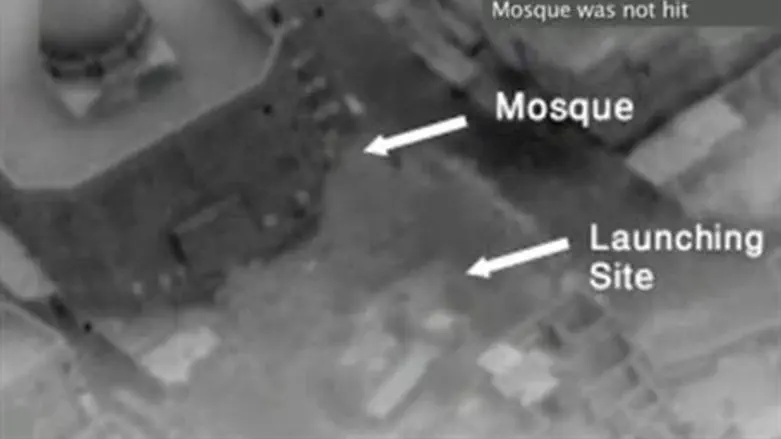
The Israeli Air Force has cut manpower while advancing technologically towards 2013, and it describes its mission is achieving a "quick victory".
In a meeting with senior commanders of the IAF, the head of the Research Department of the Intelligence Division said that regime changes in the Middle East and technological developments in hostile countries probably will be very significant changes next year.
IAF Commander Maj. Gen. Amir Eshel said that the Air Force is caught between a need to make improvements and the “need to streamline and control manpower."
The IDF is also working on a multi-year plan covering many new and unknown threats, from nuclear scenarios to rockets. This multi-year plan likewise uses limited resources and is based upon estimations of social and economic changes in Israel.
The Air Force sees a need for a “rapid victory” in future battles and plans to significantly improve strike capabilities – a goal that necessitates many changes in the makeup of the training program. "We will need to be sharp, ready, and capable, and to have solid fundamentals as an anchor," said Head of the Air Division Brig. Gen. Amikam Norkin.
In the coming year, the activity of the IAF's unmanned aerial vehicles will increase, the future combat plane F-35 will be integrated into the force, and the use of advanced ammunition will be expanded. The IAF will also receive a new Hercules transport plane and a new instructional plane for combat pilot cadets.
On the defensive and Civil Defense fronts, the Air Defense Formation will establish new capabilities on various levels of defense, and the Magic Wand (David's Sling) active missile defense system will become operational.
The Intelligence Division will invest in developing operative intelligence and is expected to make advancements in its satellite capabilities. The Air Force is also planning on expanding capabilities to fight web-based terror, investing in information systems and cyber defense.